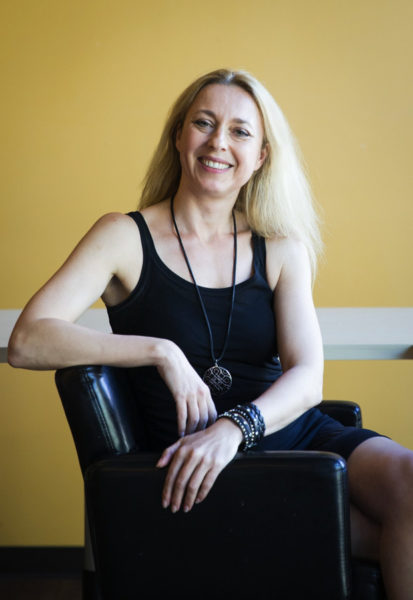
I write about controversial topics like race and immigration a lot. So I never would have guessed that a column about an experiment to “buy nothing” for one month, ending Friday, would elicit such a strong reaction.
I got feedback lecturing me on the importance of budgeting, critiquing a choice to live the way low-income people are forced to, and even calling me anti-capitalist. A ton of others offered tips to help (did you know you can rent children’s toys locally through ToyChest?)
What was clear was that I’d hit a nerve. We are emotional — and often defensive — about our consumption. I also learned I wasn’t alone in trying to live with less, buying only food and toiletries. In fact, many were way ahead of me.
“I am in day 229,” Micha Goebig Phelps, a recent German transplant to Seattle, said earlier this week. She started her own “buy nothing” experiment this year and blogs about it on social media under the name “Olivia de Winter.”

“In general, I find it much easier than I thought,” says the translator and writer, who decided to stop shopping, in part, as a response to the shocking pace of consumption in the United States. “If the habit is not shopping, then I don’t shop.”
This is perhaps one of the biggest revelations over the course of my own month of buying nothing: It’s actually pretty easy.
There were a few standout moments. I gave my son a wooden spoon instead of buying special teething toys, used a buy-nothing Facebook group to source a birthday gift, and I’m getting my vacuum cleaner repaired instead of replaced. But for the most part, I didn’t miss all the things I didn’t buy, because in the end I just didn’t need them.
It’s a conclusion many are coming to, says Phelps, who identifies as an “aspiring minimalist” and cites a new documentary “Minimalism” and the “tiny-house” movement as examples of anti-consumerism hitting the mainstream.
And there are more and more stories of others who have gone even further than Phelps, such as the Calgary roommates who recently saved an estimated $55,000 through a “buy-nothing” experiment, according to forbes.com.
“I don’t even need half the stuff I have. That got confirmed very quickly,” says Phelps, who estimates she’s saved an average $500 per month so far.
And though minimalism and tiny houses may evoke images of wealthy people dabbling in deprivation, it’s not just high-end hipsters who are seeking a simplified life.
A recent report by Value Village determined that almost half all North Americans feel “they have too much stuff.” It’s a fact that becomes all the more tragic when you consider credit-card debt in this country is expected to hit $1 trillion this year.
Of course, “stuff” is a mercurial term. Over the course of the past 30 days, I’ve concluded that plastic packaging (on food and toiletries) probably contributes more to my environmental footprint than new consumer goods.
I’ve also realized my pocketbook would benefit the most from cutting out prepared foods — the types of things I buy just aren’t as expensive as experiences and services, not to mention health care.
In the end, I came to understand some of my critics. I did learn a much-needed lesson in new-parent budgeting and now agree with commenters who suggested it should be a course in school. And I was challenged to think about the relative privilege of having too many things.
But the most valuable lesson I learned from my month of buying nothing is that we have more control over what we consume than we think.
And that’s important. Because whether done for financial reasons, environmental concerns or aesthetic preferences (and usually it’s all three), we “buy nothing-ers” are trying to live more simply because we want to live better and happier.
And that’s something you just can’t buy.

